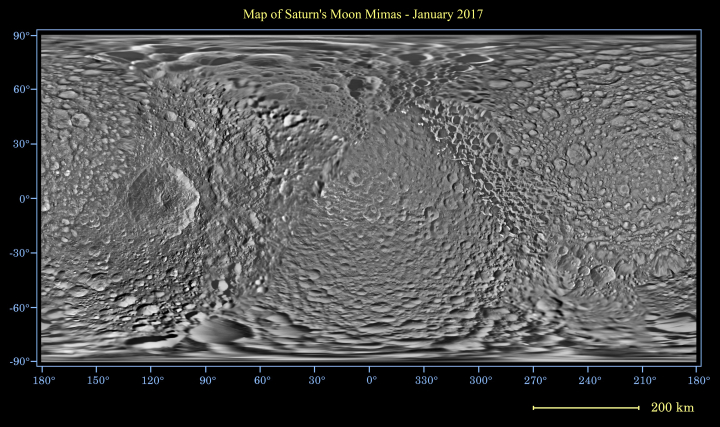China launches X-ray space telescope
China today launched the Hard X-ray Modulation Telescope (HXMT), also dubbed Insight by Chinese news sources.
The HXMT carries three x-ray telescopes observing at energies ranging from 20 to 200 kilo-electron volts as well as an instrument to monitor the space environment, according to its designers. While orbiting 550 kilometers above the planet, the HXMT will perform an all-sky survey that is expected to discover a thousand new x-ray sources. Over an expected operating lifetime of 4 years, it will also conduct focused observations of black holes, neutron stars, and gamma ray bursts.
More here. This is China’s first home-grown X-ray space telescope, and its launch once again illustrates that, for at least the next few decades, China intends to be a major player in the exploration of the solar system.
China today launched the Hard X-ray Modulation Telescope (HXMT), also dubbed Insight by Chinese news sources.
The HXMT carries three x-ray telescopes observing at energies ranging from 20 to 200 kilo-electron volts as well as an instrument to monitor the space environment, according to its designers. While orbiting 550 kilometers above the planet, the HXMT will perform an all-sky survey that is expected to discover a thousand new x-ray sources. Over an expected operating lifetime of 4 years, it will also conduct focused observations of black holes, neutron stars, and gamma ray bursts.
More here. This is China’s first home-grown X-ray space telescope, and its launch once again illustrates that, for at least the next few decades, China intends to be a major player in the exploration of the solar system.






